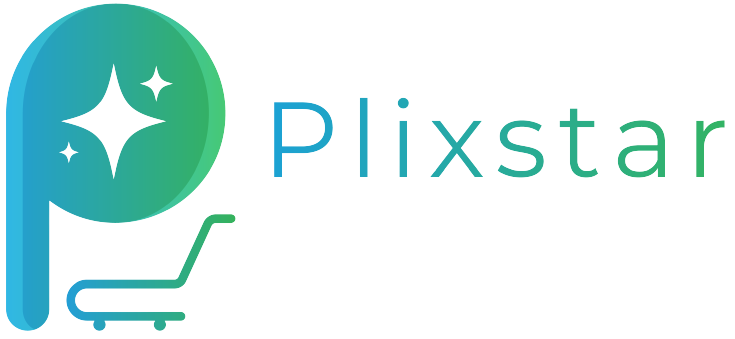| Regulation | Description | Sources |
|---|---|---|
|
FDA (Food and Drug Administration) – US |
The US Food and Drug Administration (FDA) regulates all components to be used in food contact applications such as various types of plastic or paper materials, as well as additives or colorants to be used in polymers to enhance strength, flexibility, and clarity or appearance, and should be notified according to FDA requirements.
Furthermore, all final articles intended to be in contact with food and raw materials utilized to make these products that are placed on the market should be in compliance with US FDA requirements. Food contact materials are described in the Code of Federal Legislation (CFR) – 21 CFR 174 – 21 CFR 190. |
https://www.fda.gov/Food/GuidanceRegulation/default.htm |
|
REACH (Registration, Evaluation, Authorisation and Restriction of Chemicals) – EU |
REACH is a regulation of the European Union, adopted to improve the protection of human health and the environment from the risks that can be posed by chemicals, while enhancing the competitiveness of the EU chemicals industry. It also promotes alternative methods for the hazard assessment of substances in order to reduce the number of tests on animals. In principle, REACH applies to all chemical substances; not only those used in industrial processes but also in our day-to-day lives, for example in cleaning products, paints as well as in articles such as clothes, furniture and electrical appliances. Therefore, the regulation has an impact on most companies across the EU. REACH places the burden of proof on companies. To comply with the regulation, companies must identify and manage the risks linked to the substances they manufacture and market in the EU. They have to demonstrate to ECHA how the substance can be safely used, and they must communicate the risk management measures to the users. If the risks cannot be managed, authorities can restrict the use of substances in different ways. In the long run, the most hazardous substances should be substituted with less dangerous ones. REACH stands for Registration, Evaluation, Authorisation and Restriction of Chemicals. It entered into force on 1 June 2007. |
https://echa.europa.eu/regulations/reach/legislation |
| RoHS
(Restriction of Hazardous Substances) – EU |
EU legislation restricting the use of hazardous substances in electrical and electronic equipment (EEE) and promoting the collection and recycling of such equipment has been in force since February 2003. The legislation provides for the creation of collection schemes where consumers return their used waste EEE free of charge. The objective of these schemes is to increase the recycling and/or re-use of such products. The legislation also requires certain hazardous substances (heavy metals such as lead, mercury, cadmium, and hexavalent chromium and flame retardants such as polybrominated biphenyls (PBB) or polybrominated diphenyl ethers (PBDE)) to be substituted by safer alternatives. Waste EEE poses environmental and health risks if inadequately treated. The RoHS and WEEE directives on electrical and electronic equipment were recast in 2011 and 2012 to tackle the fast increasing waste stream of such products. The aim is to increase the amount of waste EEE that is appropriately treated and to reduce the volume that goes to disposal. | http://www.rohsguide.com/ |

